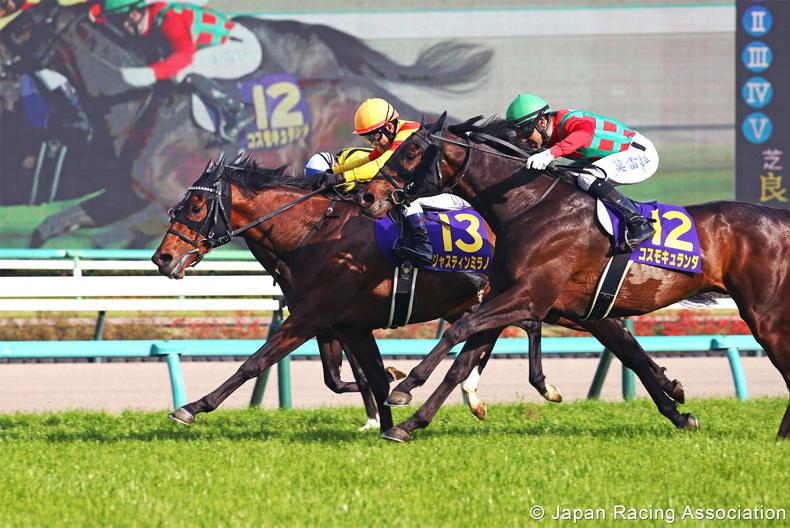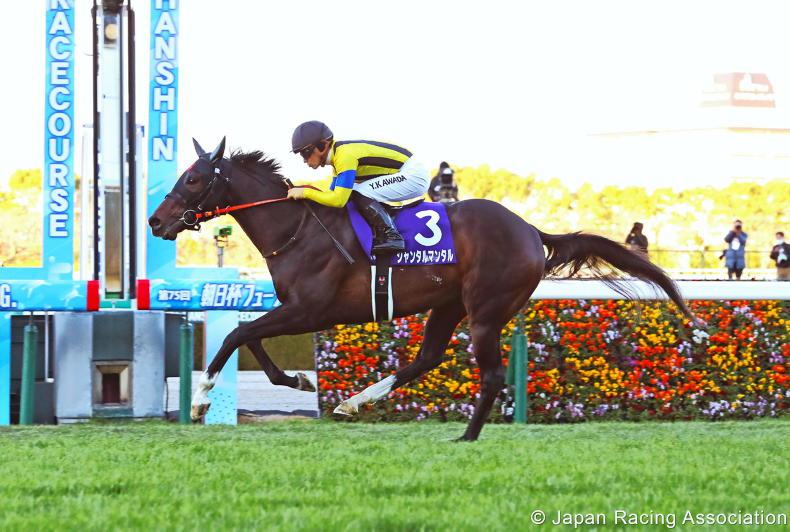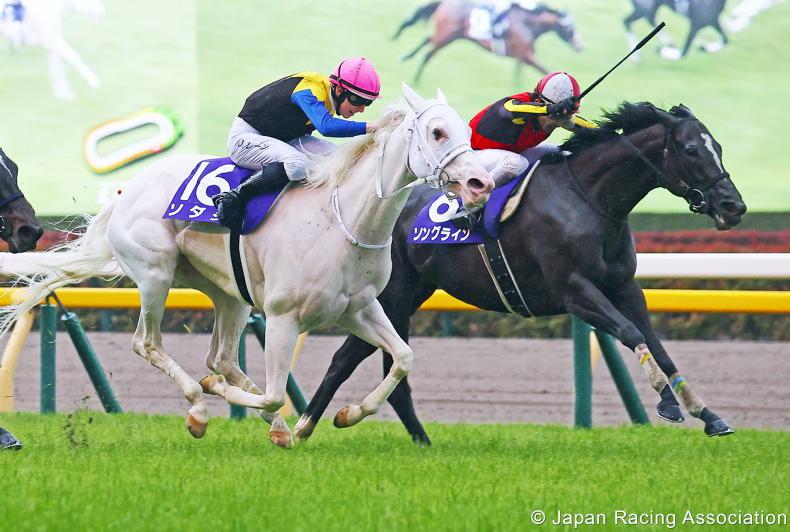Victoria Mile (Group 1)
THE 17th running of the Victoria Mile marks the second of five consecutive weekends of Group 1 racing at Tokyo Racecourse. Run over a mile, it is one of two Group 1 races on the Japanese racing calendar restricted to older fillies and mares.
While its history is short, the Victoria Mile can boast an illustrious roll of honour including some of Japan’s greatest race fillies and mares. This year’s list of competitors was no different. Five individual Group 1 winners went to post for the €2,000,000 total prize pool. The Victoria Mile is a part of the Breeders’ Cup Challenge Series.
Sodashi was returning to turf and a mile, a combination of factors which saw her so dominant in the female ranks as a three-year-old. The pure white equine celebrity was last seen finishing a distant third in the Group 1 February Stakes on a dirt surface. She was sent to post as a 5/1 chance in a wide-open field of genuine Group 1 performers.
Breaking sharply from stall five, Sodashi was restrained to settle in fourth and fifth behind a solid pace. As the field fanned wide off the last bend, Hayato Yoshida began to urge the unmistakable white filly into contention.
Turn of foot
Approaching the final furlong, Sodashi changed legs and immediately showed a turn of foot that had been obviously absent in her last two starts. As the decibel level increased from the grandstand, Sodashi powered clear to pass the line a two-length winner with Yoshida saluting the 26,657 people in attendance.
Fine Rouge finished a gallant runner-up continuing her admirable level of consistency. She has now been placed three times in Group 1 company.
Group 1 winning two-year-old and accomplished sprinter, Resistencia, showed that a mile is still well within her range of stamina, finishing third.
Returning from an injury which forced a 13-month layoff, Daring Tact finished sixth beaten four and a half lengths. The hugely-talented filly, providing she remains injury free, will in no doubt have a high-profile autumn campaign in her sights.
Sodashi is the first horse officially registered as white to win a Group 1 in the JRA. From the famed white family of Shiraiyukihime (translates to snow white princess), born in 1996, she was the only registered white daughter of Sunday Silence.
She produced 10 living foals, seven of which were registered as white in colour. Five of her offspring have become broodmares in Japan.
Kaneko Makato’s homebred filly, as an incentive for participation in the Breeder’s Cup, has now earned an automatic starting berth in the Filly and Mare Turf in November. Limited opportunities for older fillies on the JRA fixture list may be enough to convince connections to send Sodashi to the US later in the year.
Sodashi has won seven of her 11 career starts, three in Group 1 company. She has earned €3,800,000.
FOR a second weekend, Japan’s elite fillies will once again be the focus of racing in the JRA. An 18-strong field will be on show for the second female classic of the year, the 2,400 metre Oka Sho (Japanese Oaks) tomorrow (See page 67).
A week later it will be the turn of the colts to fight for three-year-old supremacy in the Tokyo Yushun (Japanese Derby). The Derby is one of the most popular races of the year in terms of public popularity. The race consistently results in staggeringly high betting turnover competing with the Japan Cup and Arima Kinen.
Historically the most reliable indicator of Derby success comes from the Satsuki Sho form. Unlike its European counterparts the Japanese 2000 Guineas is run over the longer distance of 10 furlongs. Consequently, the step up to 12 furlongs for colts tends to be less of a complicating form factor to that of the fillies’ equivalent.
Satsuki Sho winner Geoglyph will attempt to claim the second leg of the Colt’s Triple Crown.
However, Guineas runner-up, Equinox will be strongly fancied to reverse that form. In his first start in 2022 and drawn widest of the 18-runners, Equinox showed himself as a colt of the highest quality to finish a close second.
Restrictions slowly easing
Racing in the JRA had been held behind closed doors for essentially two years as a measure to adhere to the government’s advice to reduce Covid-19 outbreaks. These restrictions have been slowly easing since the beginning of 2022.
This year’s Derby will mark a significant milestone in the process of easing these protocols. The JRA have announced that 70,000 racing fans will be permitted to enter Tokyo Racecourse on Derby Day.
The maximum capacity of the racecourse is over 200,000. The 70,000 available tickets will be available for people to apply for, but allocation is the result of a lottery draw.


 This is a subscriber-only article
This is a subscriber-only article
 It looks like you're browsing in private mode
It looks like you're browsing in private mode









SHARING OPTIONS: